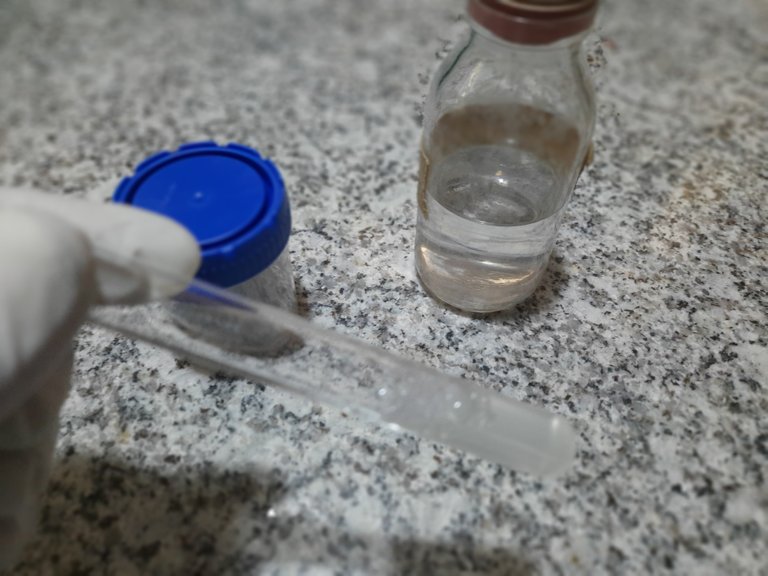Understanding the Composition, Functions, and Reproductive Dynamics of Semen
Many of us have probably used the terms "Semen" and "Seminal fluid" interchangeably, and interestingly, many people might not be able to discern the difference between the two. Let's delve into this distinction. Semen is a composite of sperm cells and seminal fluid. On the other hand, seminal fluid is likely something you're already familiar with. It's generated in the tubules within the testes as well as the male accessory sex glands, which encompass the prostate, seminal gland or vesicle, and bulbourethral gland. Today, we're going to take an in-depth look at semen
Raw pixel
As previously mentioned, semen comprises both sperm cells and seminal fluid. The optimal ratio between these components is crucial, as an imbalance could hinder their journey to the intended destination or their ability to fertilize an egg. To comprehend the origin of seminal fluid, it's essential to elucidate the prostate gland, a small, oval-shaped organ situated beneath the bladder. This gland is in close proximity to the rectum and accommodates the urethra's passage, which explains how prostatic secretions from the prostate can flow into the urethra. This anatomical arrangement also sheds light on why individuals with benign prostatic hyperplasia encounter difficulties urinating when the prostate enlarges.
The prostate produces citric acid which is utilized by the sperm cells to produce energy in the form of ATP. The prostate also produces proteolytic enzymes such as prostate-specific antigen which helps to break down protein in the semen, and it also produces seminal plasmin which is an antibiotic that helps to reduce the number of bacteria in the seminal fluid. These prostate secretions make up about 25% of the seminal fluid.
The seminal gland is found at the base of the bladder, secreting an alkaline fluid that helps to neutralize the acidic environment of the male urethra and the female reproductive tract thereby preventing the death of sperm cells. In the gland, fructose is also produced to help the sperm cells to produce more energy in the form of ATP. Prostaglandins are also produced in the seminal gland which stimulates the smooth contraction within the female reproductive system thereby helping the sperm move quickly to the egg. The seminal gland also produces a clotting protein that helps the semen to stick together so it doesn't fall off the female reproductive tract but it is only adhesive for a few minute as the proteolytic enzymes which were produced in the prostate gland break down the clotting protein to liquefy the semen making the sperm to move more freely in the female reproductive organ. These secretions from the seminal gland make up about 50% to 80% of the semen.
The last gland I will be discussing is the bulbourethral gland, embedded in the pelvic floor muscles they are activated during sexual arousal creating pre-ejaculation that contains an alkaline mucus-like fluid known as Cowper's fluid which helps to neutralize the acidic environment of the urethra.
Understanding the intricate components and functions of semen sheds light on the complexities of human reproduction and highlights the harmonious interplay between various physiological factors that keeps the sperm alive to perform fertilization.
Reference
- https://www.ncbi.nlm.nih.gov/pmc/articles/PMC4947206/
- https://www.ncbi.nlm.nih.gov/pmc/articles/PMC3114587/
- https://training.seer.cancer.gov/anatomy/reproductive/male/glands.html
- https://teachmeanatomy.info/pelvis/the-male-reproductive-system/seminal-vesicles/
- https://my.clevelandclinic.org/health/body/22433-seminal-vesicle
- https://www.ncbi.nlm.nih.gov/pmc/articles/PMC3923310/
- https://pubmed.ncbi.nlm.nih.gov/1104525/
- https://www.ncbi.nlm.nih.gov/books/NBK279291/

Still a mystery to me that thousands of semen is released from a man and only one is needed to make a child
Thanks for your contribution to the STEMsocial community. Feel free to join us on discord to get to know the rest of us!
Please consider delegating to the @stemsocial account (85% of the curation rewards are returned).
Thanks for including @stemsocial as a beneficiary, which gives you stronger support.